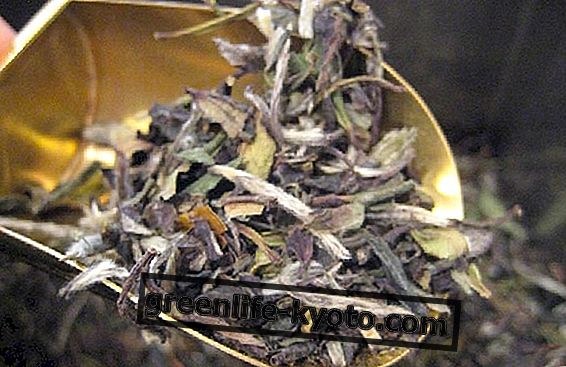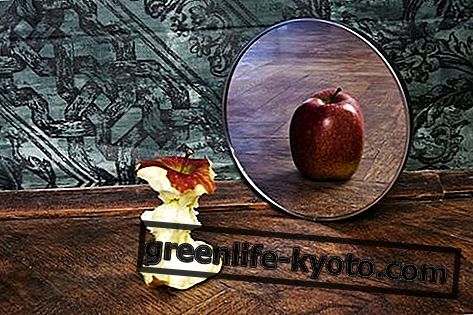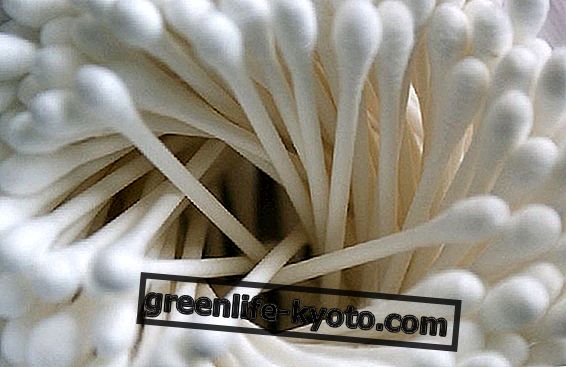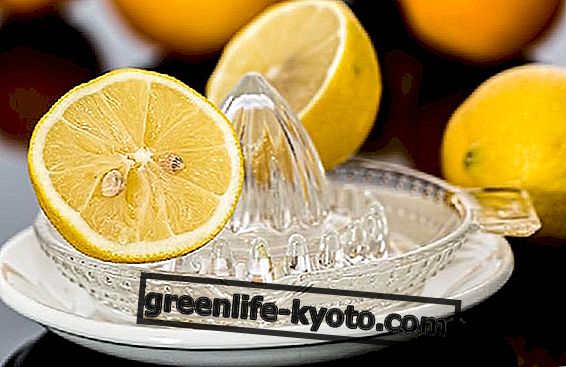Turmeric is an antioxidant spice with purifying and anticancer properties. Discover all the benefits and how to use turmeric also in the kitchen.
Turmeric ( Curcuma longa ) is a plant that belongs to the Zingiberaceae family. Besides being a powerful antioxidant and anti-inflammatory, it also performs a purifying, choleretic and cholagogue action, useful for the liver and the gallbladder. Let's find out better.
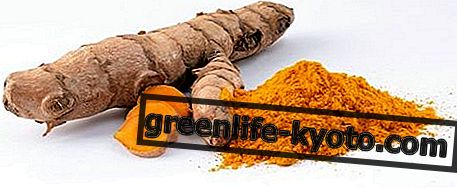
Description of the plant
The genus curcuma belongs to the Zingiberaceae family and includes 80 known species among which the most used in nutrition and in herbal medicine is Curcuma longa . While the taste is very volatile, on the contrary the color remains unchanged over time . For this reason, turmeric is a substance that is widely used in the food industry as a dye, (inci: E 100) of many foods such as cheese, yogurt, mustard, various canned broths and other products that are often colored with turmeric derivatives.
Perennial herbaceous plant, which reaches a maximum height of about 1m, arises spontaneously in southern Asia, from India to Malaysia, in tropical climate regions, with temperatures normally between 20 ° C and 35 ° C and with high rainfall . In the cultivated state the turmeric is present in many tropical or subtropical areas, particularly in Asia and Africa.
The leaves are large, 20 to 45 cm long, with an elongated petiole. The flowers are collected in a showy pseudo-inflorescence rich in large green bracts at the bottom and white or purplish at the top. The green bracts form a series of pockets, which house large yellow flowers (with possible orange shades). The root is a large cylindrical rhizome, branched, yellow or orange, strongly aromatic, which is the part used (drug) of the plant.
Properties and benefits of turmeric
Because of its beneficial and healing properties turmeric is traditionally used both in Ayurvedic medicine and in traditional Chinese medicine, in particular it is used as a natural food supplement for the ability to counteract the inflammatory processes within the body.
The plant has always been known for its purifying, choleretic ( stimulating the production of bile by the liver) and colagoga (which favors the emptying of the gallbladder, increasing the influx of bile in the duodenum and preventing the formation of gallstones ), is a hepatoprotector, biliary tract stimulant, antioxidant, blood thinner .
The most important active ingredient is curcumin, which recent studies have shown to have anticancer properties, because turmeric can block the action of an enzyme thought to be responsible for the development of different types of cancer. This active ingredient also gives the turmeric an anti-inflammatory and analgesic action, and for this reason it is effectively used in the treatment of inflammation, joint pain, arthritis and arthrosis.
Recognized as a protective immune system, it is also a powerful antioxidant able to counteract the action of free radicals, responsible for the aging processes and damage to the membranes of the cells that make up our body.
Topically, turmeric has a healing effect . In fact, in India the rhizome is applied to the skin to treat wounds, burns, insect bites and skin diseases with truly satisfying results.
Also discover the properties and use of turmeric mother tincture
Calories and nutritional values of turmeric
100 g of turmeric contain 354 kcal, and:
- Proteins 7.83 g
- Carbohydrates 64.93 g
- Sugars 3, 21 g
- Fats 9.88 g
- Cholesterol 0 mg
- Dietary fiber 21.1 g
- Sodium 38 mg
Properties, use and contraindications of turmeric essential oil

Use of turmeric in the kitchen
Turmeric has been, and still is, used for centuries in Middle Eastern and Southeast Asian cuisine. To obtain the famous spice, the radic i are boiled for several hours and then dried in large ovens, then they are crushed to obtain a yellow ocher powder that is commonly used in the cuisine of South Asia and as the main ingredient of curry .
In India, turmeric powder is also one of the ingredients of masala, which gives it an intense and characteristic yellow color. In addition to many other Indian recipes, turmeric is used in many Asian recipes, such as the Nepalese dish called momos (meat dumplings) or the Thai dish called kaeng tai pla (curry with prawns and fish).
You can use it like this :
> a couple of teaspoons a day as a supplement ;
> addition of many foods at the end of cooking ;
> added to various types of yogurt or to make a sauce .
The Golden Milk (or golden milk) is the famous Indian drink based on turmeric: its name obviously derives from the golden color given by milk turmeric in this preparation loved by yogis.
Turmeric can be taken together with black pepper or green tea to facilitate absorption. Also the combination with some fat, like olive oil or butter, facilitates the assimilation of its active ingredients.
Curiosity on turmeric
Its name derives from the Persian-Indian language and precisely from the word Kour Koum, which means "saffron"; in fact turmeric is also known as the Saffron of the Indies . The plant is considered a auspicious and symbol of prosperity and even today in certain areas, young brides on their wedding day dye their hair with the lively yellow powder.
The bright yellow color of the rhizomes has also inspired a singular use: for a long time turmeric was used as a dye in dyeing, even in the West, to color fabrics, paper and more. Until recently, Indian women used turmeric powder as a pigment for make-up products, thus exploiting even its natural eudermic properties .
For a correct food use of turmeric and turmeric supplements it is best to consult your doctor .



